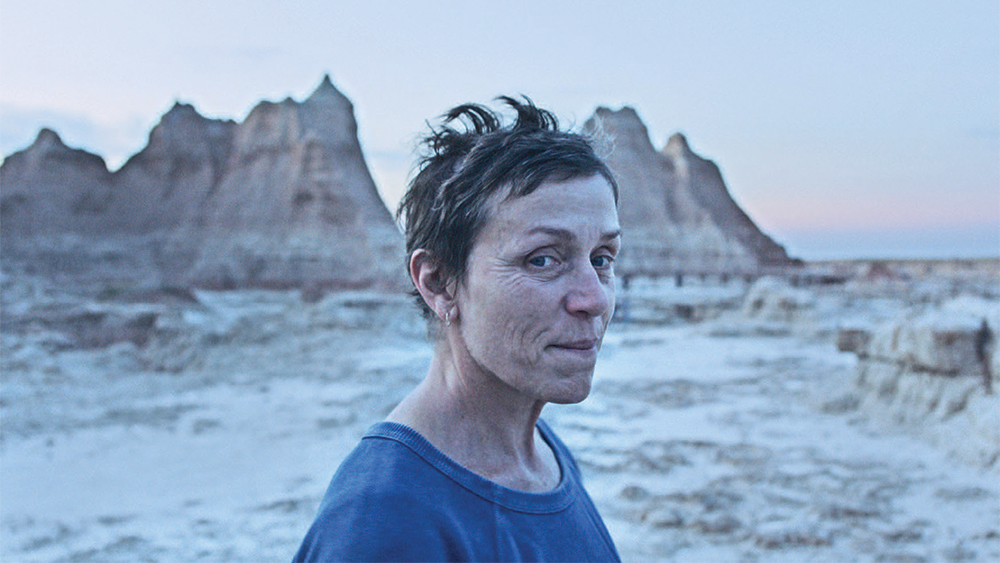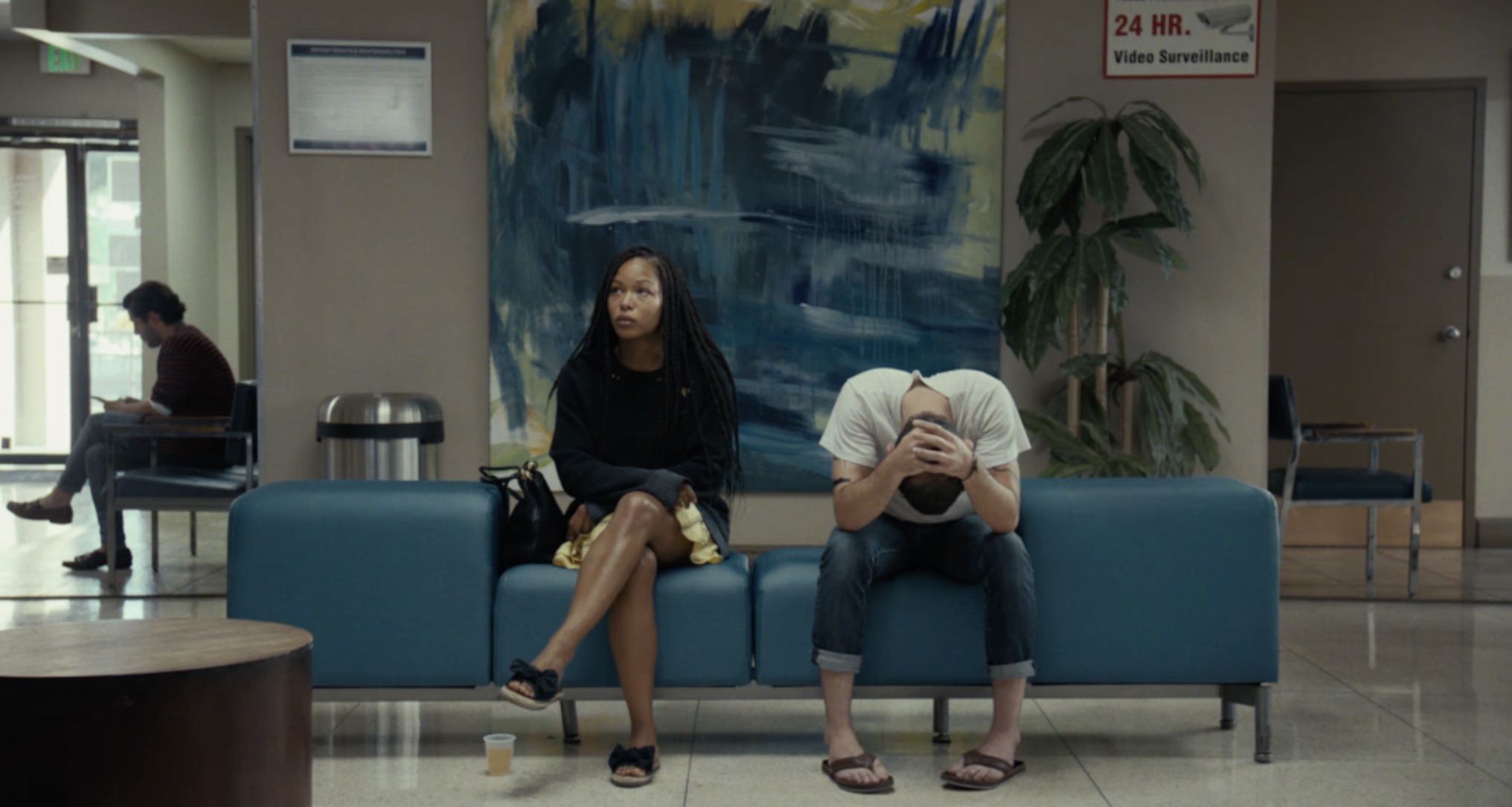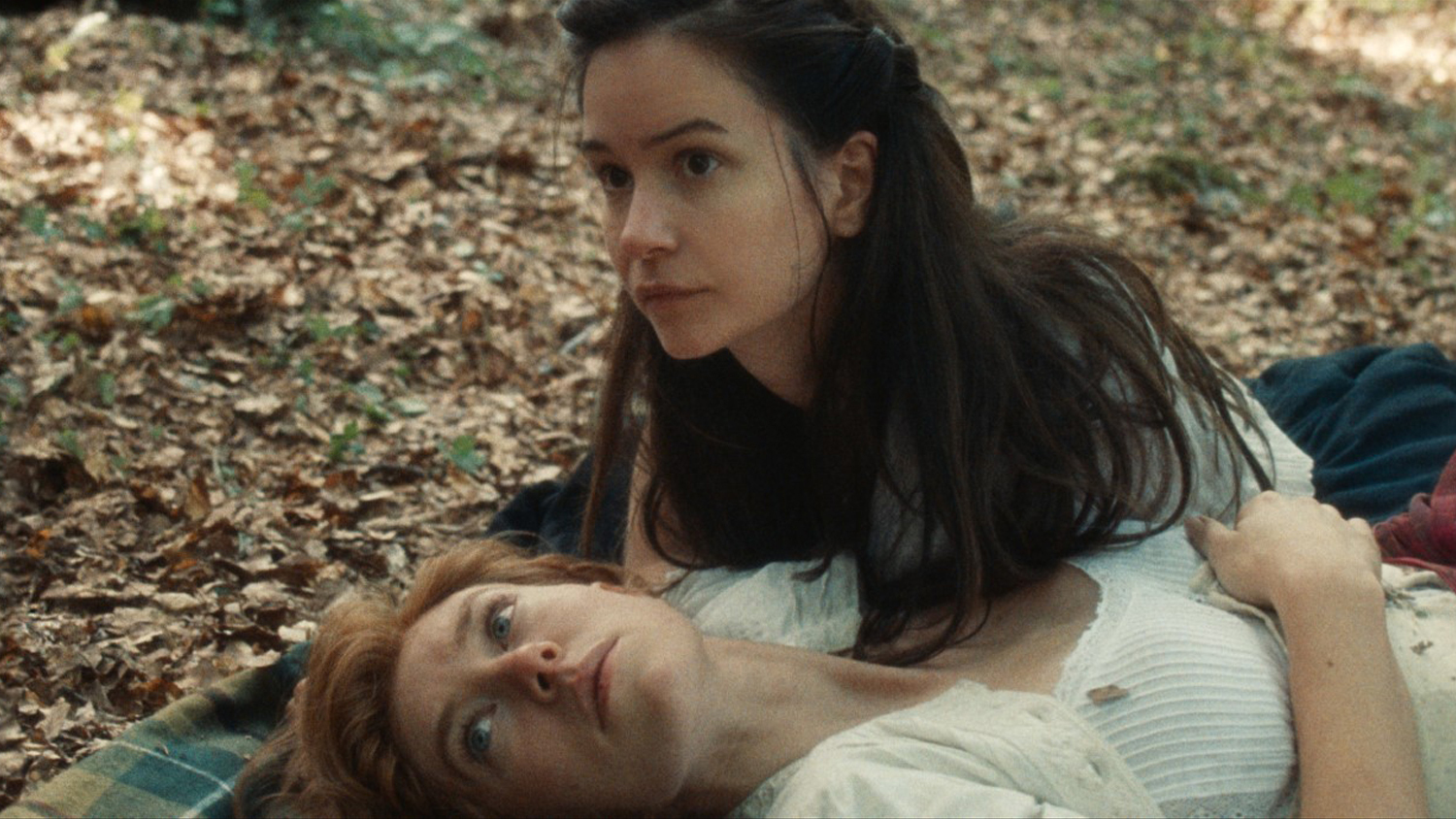My Name is Pedro
by Rachel Willis
Pedro Santana is the bright, innovative, caring teacher/school administrator that every child deserves and some desperately need.
It’s not surprising that in her first documentary feature, director Lillian LaSalle chose such a larger-than-life personality to concentrate on.
Most of LaSalle’s doc focuses on one-on-one time with Santana, but there are plenty of interviews with those who have been touched by him: students, parents, and co-workers. All have glowing praise for Santana’s inventiveness and compassion.
The film’s extraordinary subject helps hide the more mediocre elements. Apart from from Santana himself, there isn’t much that stands out. Some of the shots are distractingly blurry, and harried animation sequences detract from the spoken words. With someone as animated as Santana, why would you ever take the camera off him in favor of line-drawn cartoons?
But the audience gets to see inside struggling school systems – sadly, something already too familiar to many parents and students – and how someone like Pedro Santana can make a world of difference in a short time. The children who have been impacted by Mr. Santana over the course of his career brim with self-confidence in their interviews.
We’re also shown the dynamics of school politics at one suburban school district in upstate New York. A school board at odds with members of the community makes for heated scenes in which parents confront the board over decisions made for their children. The bulk of the board is comprised of men whose own children don’t attend the local public schools, yet in whose hands rests hiring decisions and money matters for those schools.
These scenes make for some of the most interesting, and infuriating, moments.
But at its heart, this is a movie about the impact caring educators have on children. Santana recalls his own experience with such a teacher and how she drove him forward in life. From a stint in the Peace Corps to the Teacher’s College at Columbia University and beyond, we see how a good teacher does make a difference.
Santana’s approach to education is a good lesson for anyone who works with children. He pushes them to be their best, and the results speak to his skills in the field of education. And that’s probably because Mr. Santana is interested in more than test scores and homework. He is fundamentally invested in seeing children succeed – at school and in life.














